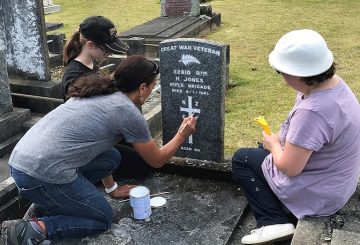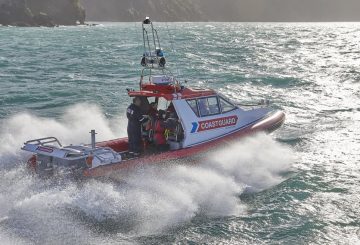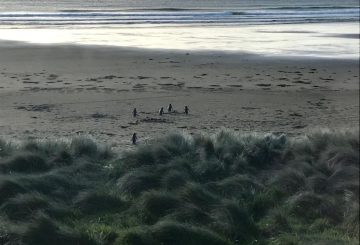Seorang pria Invercargill, Raymond Horn yang berusia 69 tahun, ditemukan tewas lima minggu setelah meninggalkan rumah istirahatnya, meskipun menderita demensia. Laporan koroner dirilis, tanpa kesalahan yang ditugaskan.
Horn, seorang pensiunan sopir truk, hanya bisa mengkomunikasikan pesan sederhana setelah stroke empat tahun sebelumnya. Dia tinggal di rumah istirahat Walmsley House ketika dia hilang pada 15 Februari 2021. Pagi itu, seorang perawat mengirimkan obatnya, dan ketika dia kembali nanti, Horn pergi. Perawat mengira dia pergi berjalan-jalan.
Ketika Horn tidak kembali pada tengah hari, polisi diberitahu dan mulai mencari. Rekaman CCTV menunjukkan Horn yang “gelisah” di area bermain di Queens Park pada pukul 14:20 malam, yang merupakan penampakan terakhir dirinya. Pencarian melibatkan banyak orang, termasuk sukarelawan, dan berlangsung 14 hari tetapi berakhir pada 28 Februari tanpa menemukannya.
Pada tanggal 26 Maret, seorang wanita yang memetik blackberry menemukan tubuh Horn yang membusuk di dekat Sungai Waihopai. Karena cakupan pohon, tubuhnya tidak terlihat selama upaya pencarian sebelumnya. Dia dekat dengan tempat terakhir dia terlihat, kemungkinan berjalan dari jalur terdekat.
Tujuh bulan sebelum dia menghilang, Horn mengalami kejang dan kakinya patah. Dia memiliki beberapa masalah kesehatan dan pindah ke Walmsley House untuk perawatan. Pada akhir 2020, dia lemah dan mengalami penurunan berat badan yang signifikan. Meskipun demikian, dokternya percaya dia mendapat manfaat dari jalan-jalan teratur di luar rumah istirahat, meskipun dia mungkin menjadi bingung atau lelah dengan cepat.
Laporan menunjukkan bahwa Horn mempertahankan kemerdekaan dan tidak menunjukkan tanda-tanda berencana untuk pergi sebelum kepergiannya. Dia akan menjalani penilaian perawatan lain pada Maret 2021.
Penyebab kematian tidak dapat ditentukan karena kondisi tubuh, tetapi tidak ada tanda-tanda cedera. Polisi tidak menemukan keadaan mencurigakan di sekitar kematiannya. Koroner menyimpulkan bahwa Horn kemungkinan tersesat dan beristirahat di bawah pohon, di mana dia kemudian meninggal.
Kasus ini menarik perhatian pada perlunya perangkat pelacakan untuk orang-orang yang rentan. Setelah temuan itu dipublikasikan, saudara perempuan Horn mengungkapkan rasa terima kasih atas upaya semua yang mencarinya.






























































